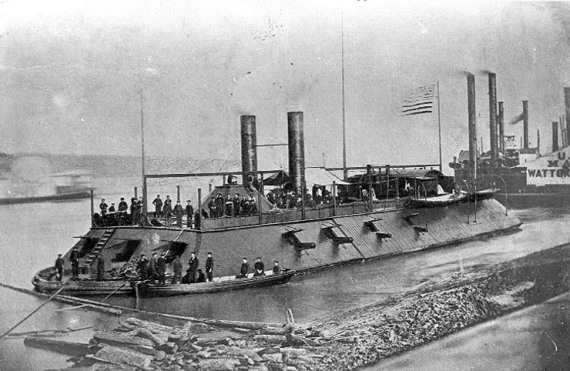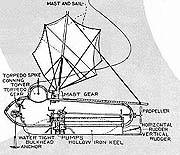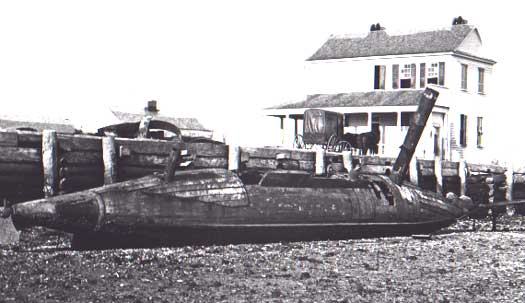Questions chapter 21
These are due on Friday. They’ve been here since Tuesday….
1. Why was Richmond significant? How far was it from Washington? Why is this significant in choosing the site of the first major battle? What ironic effect did the Southern victory have there, and why?
2. What were the consequences of the 1st Battle of Bull Run (Manassas)? What did Lincoln hope that a victory there would do, militarily and psychologically? How did Gen. Jackson distinguish himself? What happened at the second battle there?
3. What was the name of the main Union force in the eastern theatre? Who was its commander, and what were his flaws? What was he supposed to do after taking command (make sure you name the campaign as well as explain it)?
4. Describe the intent of the Peninsula Campaign. How did early Confederate strategy affect McClellan? What was the price/consequences to each side?
5. What is total war? Describe its components as practiced by the Union army. How was it to be accomplished?
6. Why was the blockade of the Confederacy implemented so slowly? Why didn’t Britain protest more? What was the policy of “ultimate destination?” What role did the Virginia and the Monitor play, and what happened to them?
7. By the time after the Battle of Antietam, how many times had the Union army changed commanders? What was the short and long-term outcome of the battle, and why was it so critical? How does the character of the war change after this battle?
8. What was the point of the Emancipation Proclamation, and why was it carefully worded? (See blog for the text of the Proclamation) What was the public response and the perceived significance? What were the specific effects?
9. What new recruiting practice was adopted by the Union army after the Emancipation Proclamation? What difference did this make long-term? How did the South respond to the use of blacks in either army? What did “Remember Fort Pillow!” mean (similar to the movie Glory….)?
10. How did the presence of so many slaves in the South affect the Southern war effort?
11. What were the consequences of giving command to A. E. Burnside? To Hooker? Describe the outcome of the battles with which each was associated.
12. What did Lee and Jefferson Davis hope to achieve in attacking Northern soil after Chancellorsville? Describe the battle that took place and why it contained the “high tide of the Confederacy.”
13. List all of the Union commanders in order up to Grant. How and where did he initially distinguish himself, both positively and negatively? What was his nickname?
14. How and where did the Union Army and the Union Navy work together in the Western theatre of the war? What was the practical effect?
15. Why was July 3-4, 1863 such an important day for the overall outcome of the war? What two battles were fought on Northern soil?
16. How did Grant and Sherman work together in the Eastern theatre? What tactics were utilized in “Shermanizing” the South as he went through Georgia?
17. What political challenges did Lincoln face during the war? How did Lincoln attempt to appeal to the broadest number of voters possible in 1864? Be specific and complete in your answer, and include the influence of the Peace Democrats as well as Copperheads.
18. Why did the Democratic party struggle during the war? Describe the various factions. Who was Clement Vallandingham? Who was Philip Nolan? (see blog for more info). Who did they eventually choose as their candidate to run against Lincoln in 1864?
19. What does “Vote as you shot” imply? How did military events influence the election of 1864? What was the “bayonet vote?”
20. Why was the warfare in 1864 and 1865 referred to as “meat-grinder warfare?” How does the battle at Cold Harbor illustrate this term? How do Lee’s casualty rates compare to Grant’s?
21. How does the war end? Does Grant live up to his original nickname at Appomattox?
22. Why was Lincoln assassinated five days after Lee’s surrender, and how was this actually a “calamity for the South?” What was the “crucifixion thesis” of historians?
23. What issues were settled by the Civil War as “the supreme test of American democracy?”





You must be logged in to post a comment.